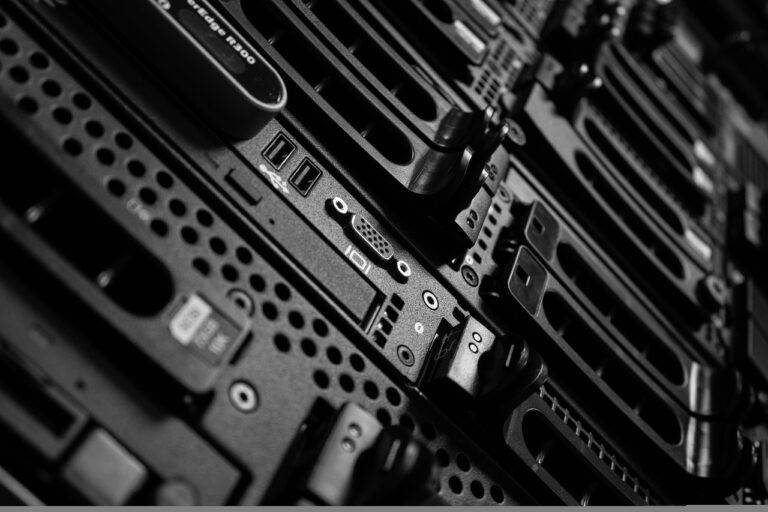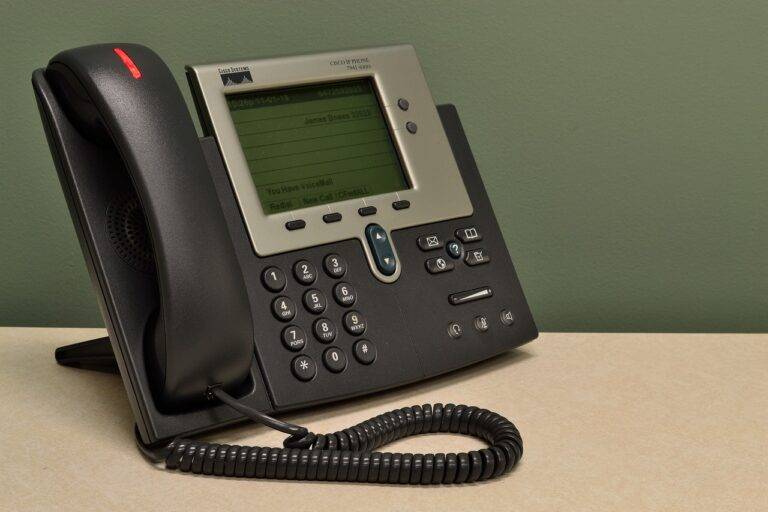The Role of Tech in Disaster Preparedness Training
Disaster preparedness training plays a vital role in equipping individuals and communities with the necessary skills and knowledge to effectively respond to various emergencies. By incorporating technology into these training programs, organizations can enhance the learning experience and better prepare participants for real-world scenarios. Technology such as simulation software, virtual reality tools, and mobile applications can offer interactive and engaging platforms for training, allowing users to simulate emergency situations in a controlled environment.
Virtual reality technology, for example, provides a realistic and immersive training experience that can help participants experience the challenges and complexities of disaster response firsthand. By simulating different disaster scenarios, individuals can practice decision-making, coordination, and communication skills in a safe and controlled setting. Additionally, mobile applications can offer convenient and accessible ways to deliver training materials, conduct assessments, and provide real-time updates during emergencies. Integrating technology into disaster preparedness training not only enhances the effectiveness of the programs but also ensures that responders are well-equipped to handle unexpected events with confidence and efficiency.
Enhancing Simulation Exercises with Virtual Reality Technology
Virtual reality (VR) technology has revolutionized the way disaster preparedness training is conducted. By immersing participants in realistic and interactive scenarios, VR enhances the simulation exercises by providing a more engaging and impactful learning experience. Trainees can navigate through various simulated emergency situations, such as natural disasters or terrorist attacks, in a safe and controlled environment, allowing them to practice their response skills effectively.
The use of VR technology in disaster preparedness training also offers the opportunity for trainees to experience scenarios that may not be easily replicable in traditional training settings. Through VR simulations, participants can engage in high-stress situations and develop crucial decision-making skills under pressure. By incorporating VR technology into simulation exercises, emergency response teams can better prepare for real-life emergencies and improve their overall readiness to handle challenging situations.
Utilizing Mobile Applications for Emergency Response Training
Smartphones have become indispensable tools in our daily lives, and they can also play a crucial role in emergency response training. Mobile applications offer a convenient platform for delivering training materials and resources to responders anytime, anywhere. By utilizing mobile apps, emergency response personnel can access valuable information, instructional videos, quizzes, and even virtual scenarios to enhance their preparedness and skill set.
These mobile applications can provide interactive learning experiences that cater to different learning styles and preferences. From first aid procedures to incident command system protocols, the versatility of mobile apps allows for a comprehensive and engaging training experience. With the ability to track progress, receive real-time feedback, and participate in simulations, responders can effectively sharpen their knowledge and abilities in preparation for diverse emergency situations.





